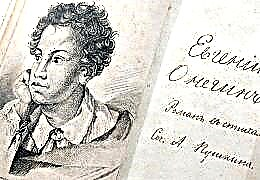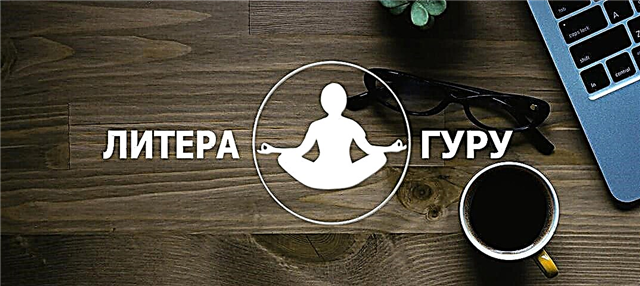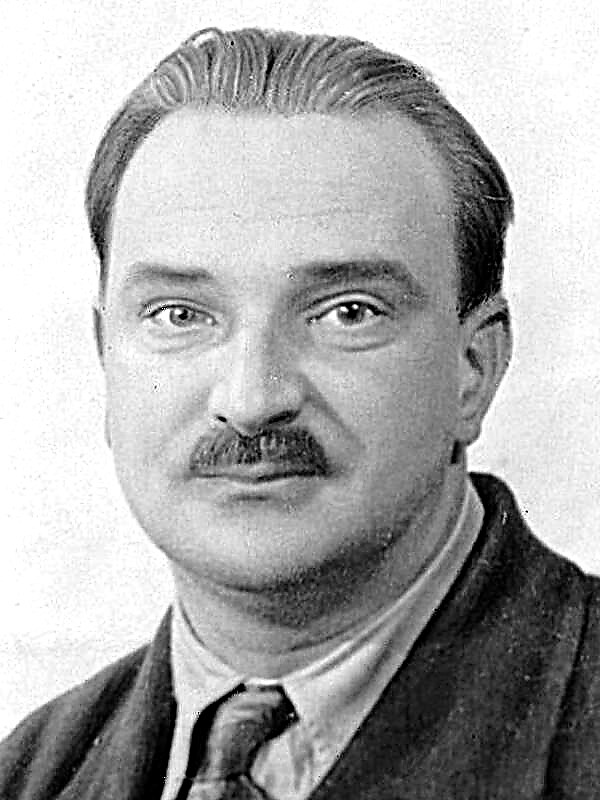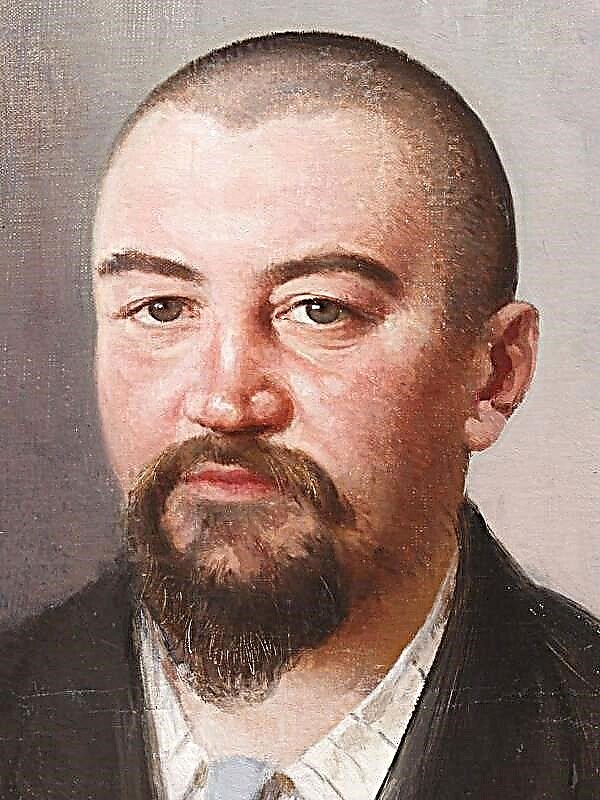Companies think product shortages will make more money
In the 1930s, record labels faced a problem. Radio appeared in every home, hundreds of thousands of people began to listen to music for free, stopping going to concerts and buying albums. Labels tried to ban radio stations from broadcasting their music. Companies feared that due to the free availability of their product, consumers would stop paying for it (buy tickets for live performances). Creating a product shortage was considered profitable; companies controlled supply to protect demand.
Copyright is a tool for creating scarcity.
Record labels limited competition by copyrighting the product. After releasing Office, Microsoft set a whopping price of $ 300 per disk. Thanks to this monopoly, the consumer was ready to pay any amount.
To artificially create a deficit means to leave demand unsatisfied and to prevent the emergence of competitors. The stereotype of the business of the twentieth century.
Free cheese only in a mousetrap - anyway, you always pay
In New Orleans, beer bars fought for visitors during the day, offering free lunches. “Free” dinners were actually covered by the overpriced price of drinks.
Offering something for free is a popular marketing technique. Free bonuses oblige you to buy something else. A free razor will not work unless you buy a set of blades.
The cost of the free product is transferred to the paid item. “Unprofitable leaders” - free bonuses that are sold at a loss, but are forced to pay for other products. Subscription service: the mobile operator may give a free phone, but will require a monthly fee for its use.
Free goods can be paid by a third party: free media, radio. Advertisers sponsor them by placing ads in return. Someone always pays for free products.
The problem of free bonuses: consumers love them, but do not value them
Free item is attractive. The word “free” attracts consumers because it does not imply absolutely no financial risks. Even if the product disappoints, you will not lose anything. Companies use this psychology in marketing: offering a free product, they are sure that it is guaranteed interest from consumers.
Free of charge reduces the value of the goods. Since the consumer does not invest money or time in a free product, he will perceive it as less valuable and less desirable. The acquisition of such a product does not require any mental effort. Giving money for something, the consumer should think, make a decision, weighing the risks, and make a choice. People value what they buy.
Example. Advertising space in paid magazines is five times more expensive than in free ones. If readers decide to pay for the publication, they will have a high opinion of it and better perceive advertising. But free magazines have more readers.
In the twentieth century there was a balance of advantages and disadvantages:
- Offering goods for free, companies received a huge audience, but a low level of interest.
- The price of the products provided great interest, but little consumer involvement.
The cost of digital goods falls - they are produced and distributed at no additional cost
The production of any physical product costs money: it is made from physical materials. Digital products are created from bits - pieces of information that form digital content. In fact, their price is zero.
The technology needed to store, transmit and process bits has evolved over the past decades. Previously, an iPod that stores tens of thousands of songs was inaccessible even to a millionaire. Internet connections are faster and cheaper than ever before. Digital products can be played endlessly at no extra cost. One or a million copies - the cost is the same.
The Internet is a free and competitive market for selling digital products. It costs nothing to distribute them on the Internet, and there is no need to cajole influential retailers for shelf space. The App Store has enabled thousands of individual programmers to sell their creations over the Internet. This is a highly competitive market, so companies must set prices at the marginal cost of producing digital goods. This will slowly but surely reduce the price of digital products to zero.
The Internet has created a new gift economy. Content is free and its importance is determined by the attention it receives.
Now not only a journalist can write articles. The Internet provides a platform for creating and sharing content, linking people with similar interests.
Example. A film fan may not have like-minded people in his town. But thanks to a recall on IMDb, his knowledge of cinema can reach millions of readers. No one pays for the content. The only reward to the author is his own satisfaction. This is a new gift economy: content is created and distributed without financial gain. One blog post is no different from the other in cost: they are both free.
Goods become valuable when they are in short supply. In the online economy, there is a lot of free and easily accessible content and information. Deficit was attention and time. A blog that no one reads is worthless. Value is indicated by the attention paid - the number of “likes”, “retweets” and “subscribers”, as well as the “rating”. Such an economy requires more life, not money.
Piracy is the harsh reality of life. Fight it or use it
Piracy, illegal and unauthorized copying and distribution of a product is an unintended form of “free” product. Consumers receive pirated copies of music, video, and software on the Internet for free.
In China, 95% of downloaded albums are pirated. In fact, this is free marketing. Twenty-one-year-old Chinese pop star Xiang Xiang handed out more than four million pirated albums, but still made a profit: four million loyal fans. Now she can earn on live performances, advertising and concert tours.
In the West, artists, fighting piracy, offer their products for free. Monty Python decided to release everything for free. Three months later, their DVD topped the bestseller list. Free, high-quality clips on the Internet have created a demand for the original product.
The fight against piracy is an inevitable part of the production of digital products.
Offer your product for free, creating your audience, and find out what she’s willing to pay for
The goal of Google is not to profit from the sale of goods, but to create a large user base. The company comes up with new products and provides them for free. A wide audience uses Google Maps, Google Mail and Google Docs, etc. This allows you to collect information about consumer lifestyles, interests and Internet habits. Google uses this information to develop other products. Based on such studies, they become hits. The company provides its huge audience with advertising, generating revenue of $ 20 billion.
Formation of a customer base makes it possible to create better products and make money. This principle can be used for digital companies of any size.
Popularity is as important as revenue. The audience that received the “free” bonus will help you understand why you can get paid.The next step is to create what people are willing to pay for.
After creating an audience, offer an extended, paid version of the product
Google Earth, Spotify and Flickr offer two versions: free and paid, which includes additional features. Paid versions include an increased data storage, lack of advertising, etc.
Also, the author, who has released the book for free in digital form, can charge for personal consultations.
Offering a free and paid version allows you to create a large audience and make a profit. For the customer, the free version is a great way to find out the product before purchasing the paid version.
The most important thing
In the twentieth century, the principle of “free” was considered a marketing device, but the price was always present. The digital revolution has created truly free products. There is no catch, and all companies will have to do this sooner or later. The best way to succeed in a new market is to release the core product for free and provide an extended paid version.
How does the “free” principle work in the traditional market?
- Companies are used to thinking that product shortages will bring them more money.
- Free cheese only in a mousetrap - anyway, you always pay.
- Free bonuses can create a problem: consumers love them, but do not value them.
How has the digital revolution created new approaches to “free”?
- The cost of digital goods is falling — they can be produced and distributed at no extra cost.
- The Internet has created a new gift economy where content is free and its importance is determined by the attention it receives.
How to benefit from “free” in such a volatile environment?
- Piracy is the harsh reality of life: either use it to your advantage, or suppress it by releasing a free product.
- Offer your product for free to create an audience, and then find out what it’s willing to pay for.
- By creating an audience, you can offer an extended, paid version of your product.
Ideas for further action
Consider offering an improved paid version of your main product. The free version is a marketing tool.
Most companies and artists worry that the free version of their product reduces sales, but they are mistaken. On the contrary: your main product can bring you huge popularity.
For example, you wrote a great book on marketing. You can try to sell the book on the Internet and perhaps make some money. But if you offer a book for free, then more people will read it, and, in turn, will be so inspired by your ideas that they will ask you for advice on their own marketing strategy. And for such consultations you can charge.












